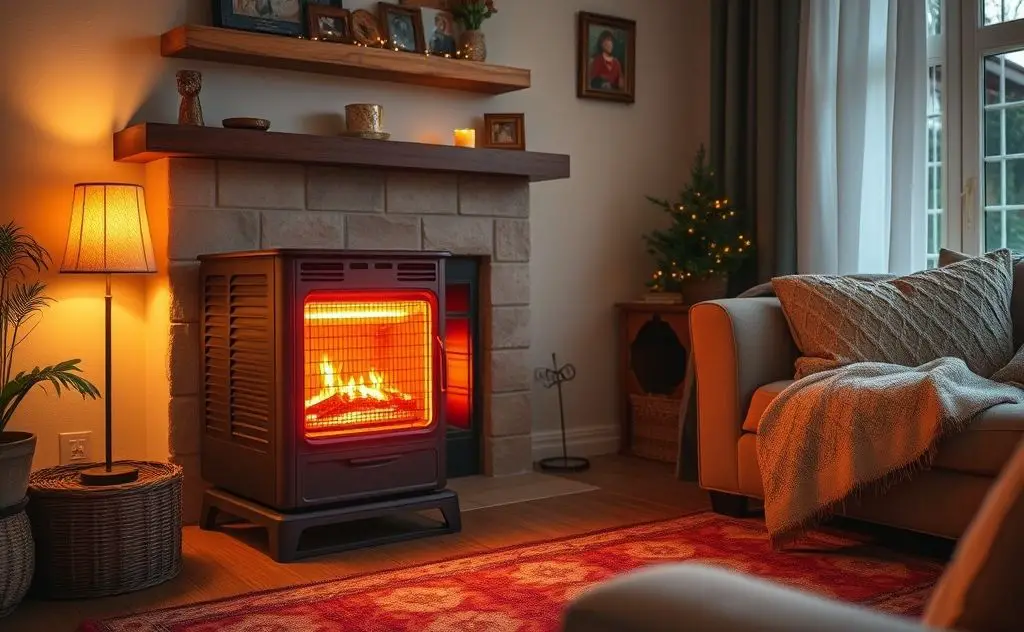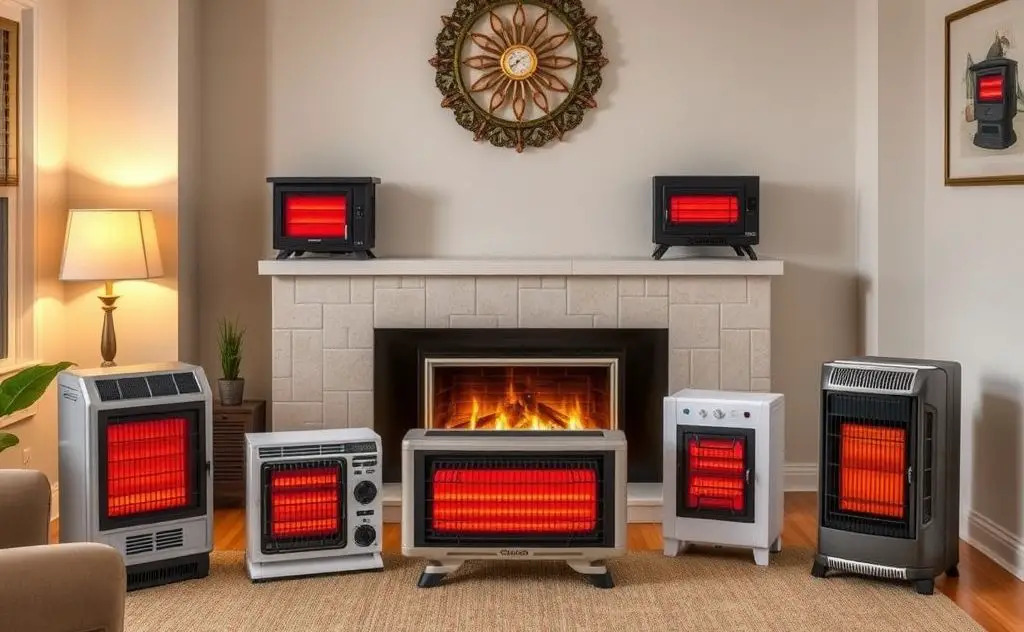When comparing infrared heaters for homes, consider factors such as energy efficiency, heating area, safety features, and cost-effectiveness to choose the best option for your specific needs.
Infrared heaters offer efficient, targeted warmth for homes. Unlike traditional convection heaters that warm the air, infrared models heat objects directly. This guide compares top infrared heaters based on performance, safety, and cost.

How Infrared Heaters Work
Infrared heaters emit electromagnetic waves that warm objects and people directly. This differs from convection heating which circulates warm air. The direct heating method provides instant warmth with less energy waste.
Key Advantages
- Heats objects, not air
- Works in open spaces
- Doesn’t dry the air
- Silent operation

Top Infrared Heater Models Compared
| Model | Wattage | Coverage | Special Features |
|---|---|---|---|
| Dr Infrared DR-968 | 1500W | 1000 sq ft | Dual heating system, remote control |
| Duraflame 3D Infrared | 1500W | 1000 sq ft | Realistic flame effect, thermostat |
| Heat Storm HS-1500 | 1500W | 500 sq ft | Wall-mounted, WiFi enabled |
Infrared vs Other Heating Options
Infrared vs Oil-Filled Radiators
While oil-filled radiators provide steady heat, they take longer to warm up. Infrared heaters offer instant warmth but may not retain heat as long after turning off.
Infrared vs Ceramic Heaters
Ceramic heaters use convection heating. According to research from USDA Agricultural Research, infrared models distribute heat more evenly in large spaces.
Choosing the Right Infrared Heater
Room Size Considerations
Match heater wattage to your space:
- Small rooms (150 sq ft): 400-800W
- Medium rooms (300 sq ft): 1000-1200W
- Large rooms (500+ sq ft): 1500W
Safety Features to Look For
- Tip-over switch
- Overheat protection
- Cool-touch exterior
- Certification (ETL, UL)
Energy Efficiency and Cost
Infrared heaters can reduce energy costs by 30-50% compared to central heating for single-room use. The Efficiency Maine study shows electric space heaters cost about $0.20 per hour to operate at maximum setting.
Cost Comparison Table
| Heater Type | Avg. Hourly Cost | Best For |
|---|---|---|
| Infrared | $0.18 | Spot heating |
| Ceramic | $0.20 | Small rooms |
| Oil-filled | $0.15 | Continuous use |
Installation and Placement Tips
Proper placement maximizes infrared heater efficiency. For whole-room heating, position the unit near seating areas. Avoid placing behind furniture or in corners.
Mounting Options
- Floor-standing models: Place near seating
- Wall-mounted: Install at 5-6 feet height
- Ceiling-mounted: Best for large open areas
For more on heating alternatives, see our guide to ventless gas wall heaters.
